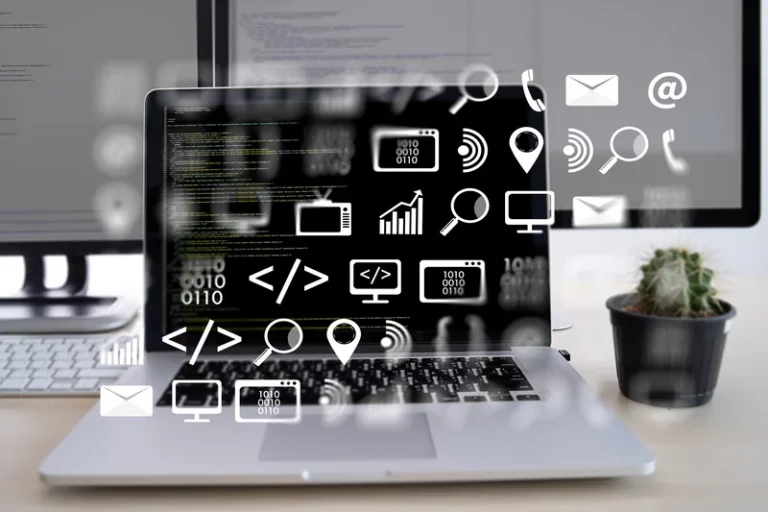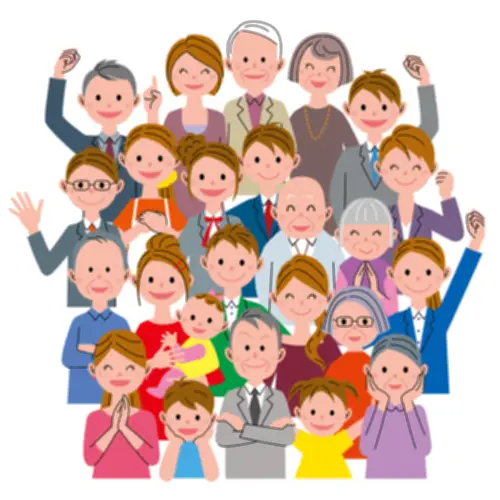It can even detect and recognize entities corresponding to faces, logos, and landmarks. Moreover, it could analyze and classify pictures based on content material, corresponding to detecting objects or recognizing scenery. The more we glance, the extra we’ll see applications of OCR immersed in our daily lives, whether or not that is personal use or life-changing technological developments. In this text, we’ll only highlight a handful of the various fascinating use circumstances and purposes of optical character recognition. As we mentioned above, most conventional OCR applied sciences are constructed on convolutional neural networks for picture comprehension and recurrent neural networks for character-level textual content technology. In latest years, we witnessed the rise of new options that utilize pre-trained image and text Transformers for end-to-end optical word recognition.

How Ocr Expertise Works?
Optical character recognition technology has extensive application areas, particularly for individuals who take care of a lot of bulky knowledge entry. To use the know-how you will require a hardware optical character reader or a document scanner. You will also need OCR software program and the doc or image to be scanned. Storing essential information into a physical type such as folders and paperwork makes them endangered from pure disasters, theft, or destruction. As Quickly As all these documents are transformed into a digital format, you’re protected from these risks. Backing up your information on the cloud or geo-redundant knowledge centers grants you entry to them by way of the DMS software from any device so lengthy as you’ve an internet connection.
Digitizing Historic Documents & Information – Finest Practices
The OCR not only detects the presence of characters but in addition differentiates them by their form. Moreover, digitizing this document content material creates image recordsdata with the text hidden inside it. Textual Content in photographs cannot be processed by word processing software program in the identical means as text paperwork. OCR expertise solves the problem by changing text photographs into text knowledge that may be analyzed by different enterprise software program.
- It is extensively utilized in standardized tests, surveys and varieties, where it identifies stuffed bubbles, checkmarks or other predefined markings.
- Nevertheless, you have to use OCR to convert the picture into a textual content doc with its contents saved as textual content knowledge.
- His early OCR expertise could acknowledge printed textual content in nearly any font.
- Implement access restrictions that comply with data rules corresponding to PCI-DSS, or HIPPA, and your property might be protected.
Redacting Confidential Info In Authorized Recordsdata: Faqs
Principally, OCR turns text from printed or handwritten paperwork, pictures, or scans into textual content that computer systems can read and edit. As OCR continues to evolve, it’s not simply bettering – it’s transforming. The course of starts with a document—maybe a contract, a receipt, or a photograph of a printed kind. OCR methods follow a structured workflow to transform the picture into machine-readable textual content Exploring Optical Character Recognition. It helps create paperless workflows and opens access to information—faster, smarter, and at scale. Now that we’ve outlined what OCR is and why it’s crucial in today’s digital landscape, let’s break down the method it truly functions behind the scenes.

Accessing, sharing, and storing documents in bodily format may be expensive. To become paperless, companies can incorporate the most effective OCR technology resolution and automate data entry workflows frequently. OCR significantly boosts operational efficiency by automating knowledge https://www.globalcloudteam.com/ entry processes. This eliminates the necessity for handbook data entry, decreasing the time and assets historically spent on such tasks.
Most business workflows involve receiving info from print media. Paper varieties, invoices, scanned authorized documents, and printed contracts are all part of enterprise processes. These massive volumes of paperwork take plenty of time and house to retailer and handle. Though paperless document administration is the way to go, scanning the doc into a picture creates challenges.
Today’s methods use deep studying models educated on huge datasets – together with various fonts, languages, and handwritten samples—to acknowledge textual content with a lot greater precision. These models adapt over time by analyzing person corrections, detecting structure nuances, and bettering feature extraction logic. OCR know-how has changed how we manage text in images and scanned paperwork. By changing these sources into digital formats, OCR advances digital accessibility and automation. As A Substitute of manually typing out textual content from physical documents, OCR captures information precisely from scanned paperwork.
OCR is broadly used in legal and government institutions to manage and digitize important paperwork, enhancing efficiency and document safety. In the banking and financial sector, OCR performs a crucial function in automating the processing of financial paperwork, similar to checks, invoices, and account statements. There are special techniques, known as ICR (Intelligent Character Recognition), which are better at this, however the extra distinctive the handwriting, the tougher it’s for the software program to interpret it accurately. This can cut back the quantity of money and time spent on manually entered data.
Each of these OCR varieties serves specific functions and is suited to particular document varieties and processing necessities. Many fashionable techniques use a combination of these strategies to improve overall efficiency and suppleness. From companies to healthcare, its functions proceed to grow with AI-driven developments, making data extra accessible and environment friendly to manage.
Equally, when you receive a PDF document and may’t copy any of the text, you decide to transform it to a special file type as a substitute. Did you know that each one of this is attainable because of optical character recognition (OCR)? Let’s dive into the fundamentals of OCR, the way it works, the problems it solves, and why it is an integral a part of fashionable expertise for now and many years to come. This know-how not only automates data entry and doc management but in addition enhances accessibility, preserves historical data, and helps various business and private functions. It is a data seize technology that permits computer systems to automatically read and convert photographs and printed or handwritten text into information.
OCR is used to digitize books, invoices, receipts, and varieties, reducing manual knowledge entry and errors. It supports accessibility tools by enabling textual content to speech for visually impaired customers. In safety and logistics, OCR reads license plates and identification paperwork for verification and automation. OCR offers important efficiency features by eliminating the necessity for guide information entry.

These models enable for better generalization, context consciousness and flexibility to actual world variations in documents. Language help has expanded by way of giant scale training on multilingual data sets, allowing OCR methods to course of dozens of languages simultaneously. This functionality is particularly helpful when working with digitized bodily paperwork such as receipts, types, invoices, books or any material originally created in a non-digital format. As A Substitute of retyping the content material manually, OCR automates the process of textual content extraction, enabling faster, more accurate knowledge processing. Trendy OCR has developed far past the early days of template matching and primary sample recognition. At Present, many OCR techniques are powered by machine studying models able to dealing with complicated layouts, noisy backgrounds, multiple languages and even cursive handwriting with increasing accuracy.
Feature-based approaches tend to be more flexible and are better fitted to diversified fonts or handwritten textual content. While conventional OCR depends on predefined character matching, AI-based doc processing integrates machine studying to acknowledge complicated layouts and handwritten textual content. Digital documents could be backed up frequently and saved in cloud-based or offsite servers, making them accessible even after a catastrophic event Software Сonfiguration Management. Before the conversion, the software cleans the picture and tries and remove errors.
His early OCR expertise could recognize printed text in nearly any font. Kurzweil aimed to create a machine to assist the vision-impaired by reading text aloud. In 1980, Xerox bought his firm to develop OCR systems for converting paper paperwork. OCR also helps automation in workflows similar to bill processing, id verification and content material indexing. For customers and organizations alike, it improves accuracy, saves time and enhances accessibility to printed data.
